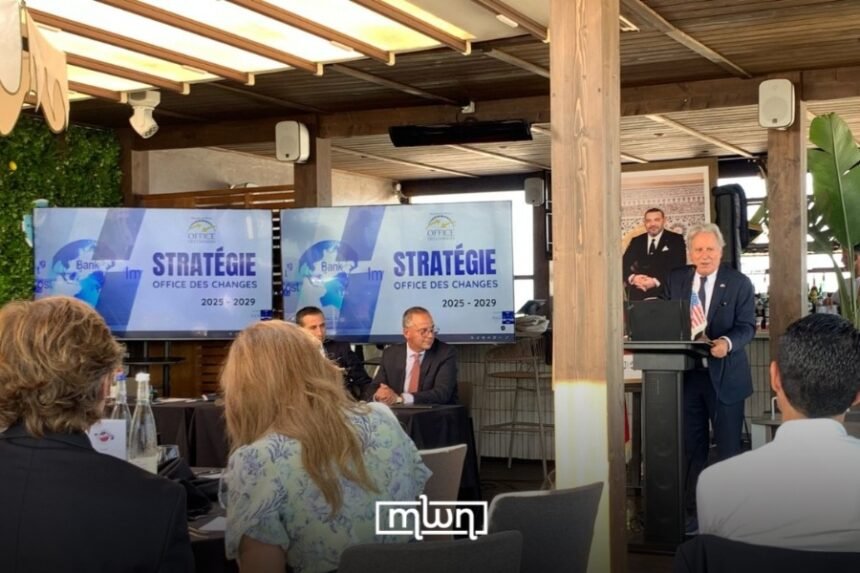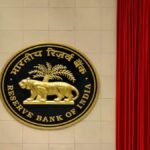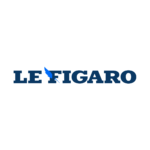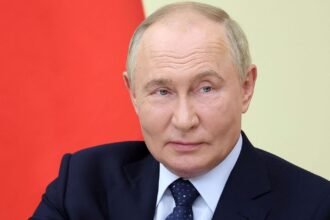Casablanca – The Foreign Exchange Office announced its new 2025–2029 strategy plan in a discussion lunch held in collaboration with the American Chamber of Commerce in Morocco (AmCham). The lunch, kicked off by AmCham President Azzedine Kettani, attracted many business owners and economic operators to share their perspectives regarding Morocco’s foreign trade opportunities.
The five-year plan was outlined by Office Director General Driss Benchikh and his delegation. The Office emphasized its dual mission to ensure the country’s external financial balance and to complement the development of the economy. The balance is crucial to Morocco’s stability in an uncertain world market.
The presentation emphasized the strength of Morocco’s external trade balances. Data from the Office indicate robust export growth, led by vehicles, phosphates and derivatives, agri-products, and agro-food products.
Imports, although growing as well, were led primarily by equipment goods and intermediate goods. Official reserve holdings were MAD 415.7 billion as of September 2025, an increase from MAD 183.3 billion in 2014, reflecting the country’s stronger external position during the decade.
Foreign direct investment (FDI) is another pillar of strength. France is still the number one country of origin, and total FDI inflows were MAD 43.8 billion in 2024.
Moroccan outward investment overseas also increased, from MAD 7.4 billion in 2015 to over MAD 27 billion in 2024. Remittances and tourism receipts also increased significantly, underpinning Morocco’s foreign exchange reserves.
Six strategic axes
The Director General presented that the new 2025–2029 strategy concentrates on six strategic axes:
- Simplification and more flexibility of the regulatory framework in an attempt to make foreign exchange regulations clearer and more accessible.
- Enhancing control of operations using risk management tools, artificial intelligence, and greater coordination with other administrations.
- Enhancing statistical production to supply high-quality, internationally comparable data to support decision-making.
- Improving ties with citizens through streamlining processes, establishing digital platforms, and service optimization for Moroccans abroad.
- Increased digitalization and data management, such as embracing cloud technologies, open data initiatives, and deeper cybersecurity.
- Strengthening governance and institutions, including initiatives to enhance internal management, human capital, and sustainability incorporated in the running of the Office.
The Office also emphasized the will to cooperate with stakeholders. Banks, professional syndicates, and economic actors are regarded as lead partners to construct this new phase.
A goal of organized interaction where everyone bears a collective role in co-designing drivers of change, fostering the efficiency of regulation, and adhering to Morocco’s economic transition.
The other aspect of attention in the presentation was the Office’s continued digital revolution. Services are being modernized under the “SMART” category on the Office’s website, using artificial intelligence to streamline processes and improve user experience.
This push aims to make procedures faster, more transparent, and more accessible to businesses and citizens alike.
During the session, the Director General mentioned that a major new project is already in the pipeline and expected to launch on January 1, 2026. While details remain limited for now, the project is in its final stages and is expected to be unveiled in due course.
The discussion lunch finished on a note of the Office’s collective commitment to its partners, and its 2025–2029 priorities are unambiguous: defend Morocco’s balance of payments, sustain economic growth, streamline regulation, and digitalize and streamline services.
As Morocco increasingly strengthens its position in markets worldwide, the Foreign Exchange Office seems poised to be not only a regulator, but also an assistant to national economic change.
Read Also: New Agricultural Agreement Applies EU Trade Terms to Morocco’s Southern Provinces




















